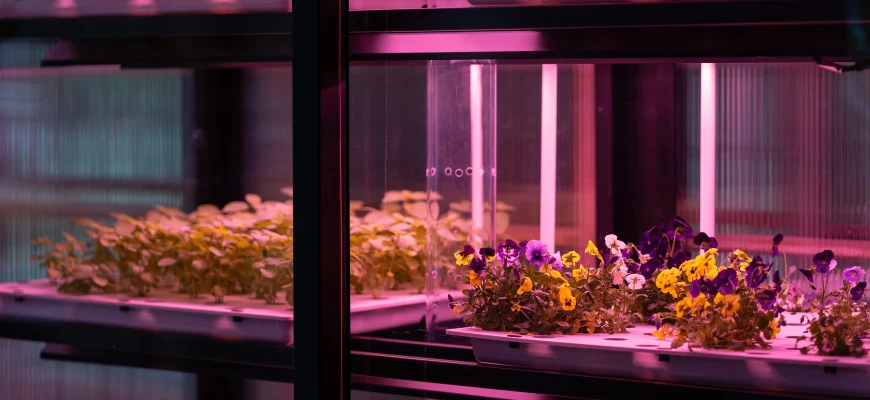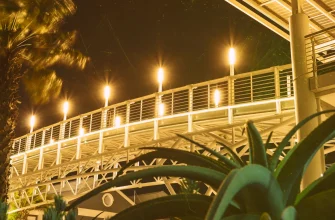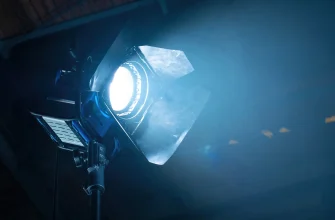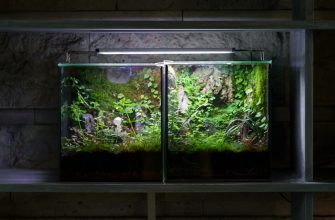‘Growing microgreens is becoming more and more popular – as a healthy hobby and as a commercial avenue for microbusinesses. For example, many cafes and restaurants use microgreens to garnish dishes and also sell them as a fresh, healthy addition to food, which creates a constant demand for small producers. This hobby arose for several reasons: interest in a healthy lifestyle, the opportunity to create a “vegetable garden on the windowsill,” and a passion for food design. All of this is great until you face the first problems. The main one – the weak, pale appearance of microgreens – is due to insufficient lighting. Yes, nature takes its toll – with the onset of autumn, the day becomes shorter, and natural light in the room becomes catastrophically low. The sprouts stretch out, become pale, and don’t look appetizing.
The solution seems to lie on the surface – you need to give the plants more light. And we will tell you how to do it correctly.
The importance of lighting in microgreen farming
Most often, microgreens are grown using hydroponics. The plants do not need a nutrient substrate, as the harvest is ready for harvesting in 5-10 days. In this short time, the seeds only have time to germinate and sprout with the first pair of leaves – that’s why they are called microgreens. It turns out that during this period of two weeks, the plant will need only water and sunlight.
Everything is clear with water in a hydroponic system. But the light regime includes three components:
- Light level
- Daylight hours (in hours)
- Spectral composition
Plants need light not only at the growth stage, but also for all biological cycles, including seed germination. Natural light contains rays of different lengths, which have different effects on the plant – on seed germination, leaf and stem growth, flower and fruit formation. Not all components of the spectrum are important for growing microgreens:
- Red rays (630-670 nm) affect seed germination, cell elongation and growth.
- Blue rays (430-470 nm) affect the elongation of stems and leaf growth, partially inhibit cell growth, which contributes to the formation of a strong sprout.
For deciduous plants (and especially for microgreens!), the optimal ratio of red and blue rays in the spectrum is 9:1, which corresponds to about 10-15% of blue rays in the total light flux.
How to organize lighting properly
The agricultural technique of growing microgreens is quite simple, especially with the use of hydroponics. However, there is a nuance: the duration of the microgreens growing cycle is 5 to 10 days, and in such a short period, every mistake in lighting becomes critical – there is no time to correct it. Typical mistakes include the wrong choice of light spectrum, insufficient or excessive lighting duration, and excessive heating of plants due to the use of lamps that emit a lot of heat. Here are the most common questions that growers have, and we’ll give detailed answers right away.
Do I need to supplement the lighting of microgreens?
The question has no clear answer, as the light requirements of different plant species can vary greatly:
- The seeds of some crops germinate well without light. These include crops that are sown in the soil with a depth of at least 0.5 cm – radishes, all types of beets, etc.
- Very small seeds (such as basil) need light to germinate. When growing microgreens from such seeds, they need to be kept in the light from the moment of planting.
In any case, after the first pair of leaves appear, microgreens need lighting. The recommended duration of lighting is 12 to 16 hours per day to ensure optimal growth and development of sprouts. The chlorophyll of plant cells “assimilates” the sun’s rays, which makes microgreens look healthy, juicy, tasty and aromatic.
However, natural light may not be enough. You can tell if the sprouts begin to stretch, become pale, or look weak, indicating a lack of light. The reasons can be different – an unsuccessfully chosen place for growing (for example, a windowsill on a north window), trees blocking the access of light, cloudy weather or seasonal changes.
When it’s time to expose microgreens to light or supplemental lighting
There are types of plants whose very small seeds need to be grown in a well-lit place – basil, amaranth, etc. Larger seeds, such as those of radishes, carrots, and beets, can be safely kept under a black film until a seedling appears. As soon as the first sprouts appear, the tray should be moved to a well-lit place or the backlight should be turned on.
How to choose a light for microgreens
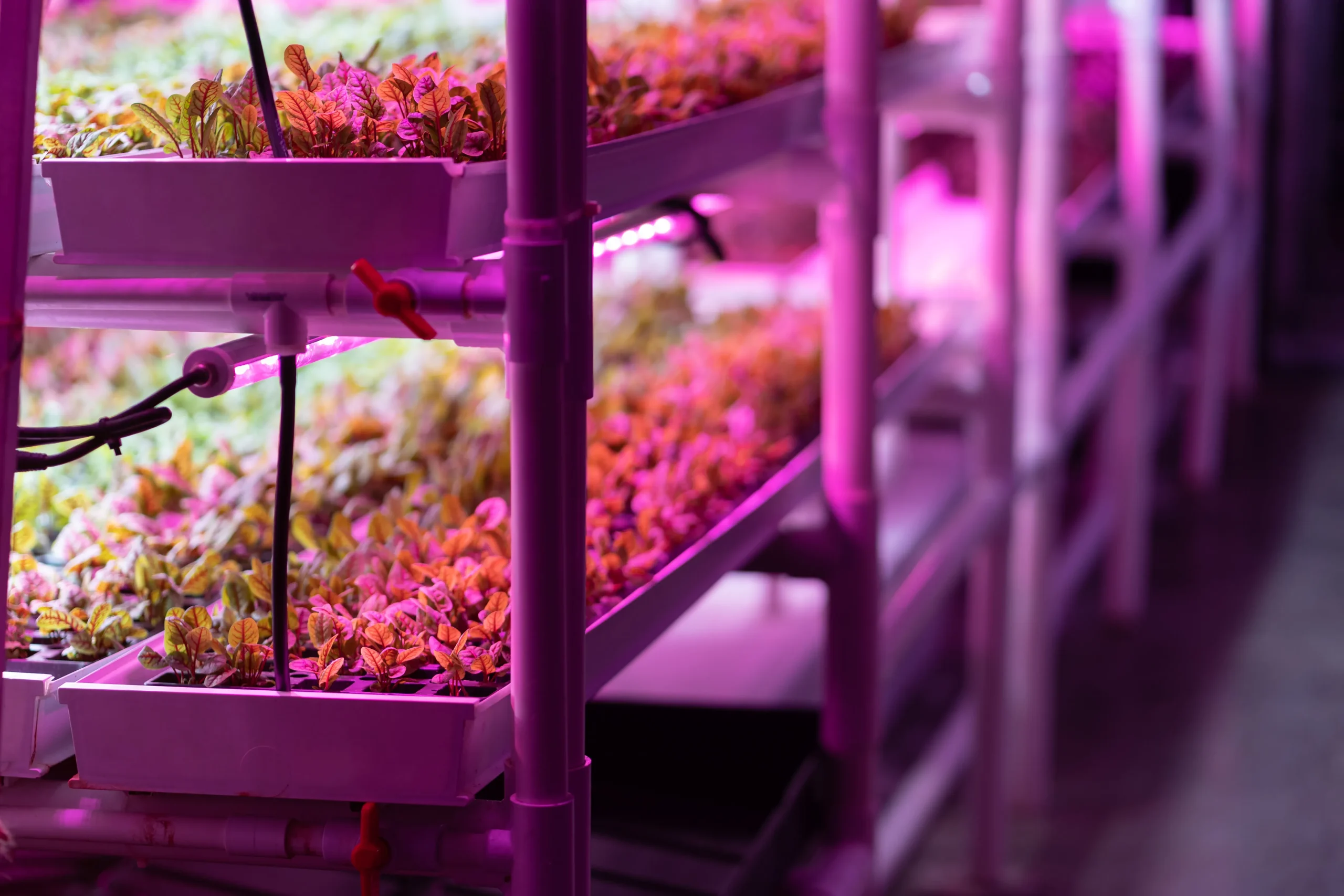
If you have just started growing microgreens, you most likely do not have special lamps for plants. The option to use what you have at home suggests itself:
- An incandescent light bulb is a useless, and even harmful, lighting option. The spectral composition is not suitable: red light with a wavelength of more than 700 nm passes into the infrared spectrum. In addition, 95% of the energy of incandescent lamps is converted into heat, which negatively affects microgreens.
- Fluorescent lamp. It gives cold light, without heating the surrounding space, but generates a predominantly yellow-green spectrum, which is of little use for microgreens.
- LED lamps have the most balanced combination of red and blue rays. They emit virtually no heat, which has a favorable effect on the microclimate in the growing area. LED lamps have another advantage – the ability to customize the spectrum and parameters of the glow. The industry produces a wide range of special LED phytolamps for growing plants.
How to choose the right phytolamp for growing microgreens
LED lamps for growing plants have different functionality – there are phytolamps for amateur use and powerful professional devices. When choosing a phytolight, the following parameters are taken into account:
- Color of the luminescence spectrum or wavelength (nm)
- Power of the phytolight (W)
- Color temperature (K)
- Form factor – design features of the phytolight
For home use or microbusiness, the choice of a phytolamp depends on the specific conditions:
- Round lamp for E27. Suitable for illuminating a small vessel with microgreens.
- Linear lamps. The most popular format of the phytolamp is easy to use, with high light characteristics.
- LED phytolamps and individual modules. An advanced option for home craftsmen.
LED phytolighting can be improved with timers. For example, you can set the timer so that the lights turn on at 7:00 am and turn off at 9:00 pm, thus providing 14 hours of lighting per day, which is optimal for microgreens. This makes the system more convenient to use, providing automation of the process. For the convenience of the consumer, all the important technical characteristics of the LED phytolight are indicated in the product labeling. Depending on the brand and model, the labeling may contain different parameters, but the main ones are as follows:
- Spectral composition of radiation. For microgreens, it is important to have red and blue rays – this set of spectrum is provided by a bicolor phytolamp.
- Power of the phytolamp (W). The power of the lamp depends on the area and height of the location above the microgreens.
- Glow temperature (K). The optimal value is in the range of 4000-6500 K, which is close to natural light.
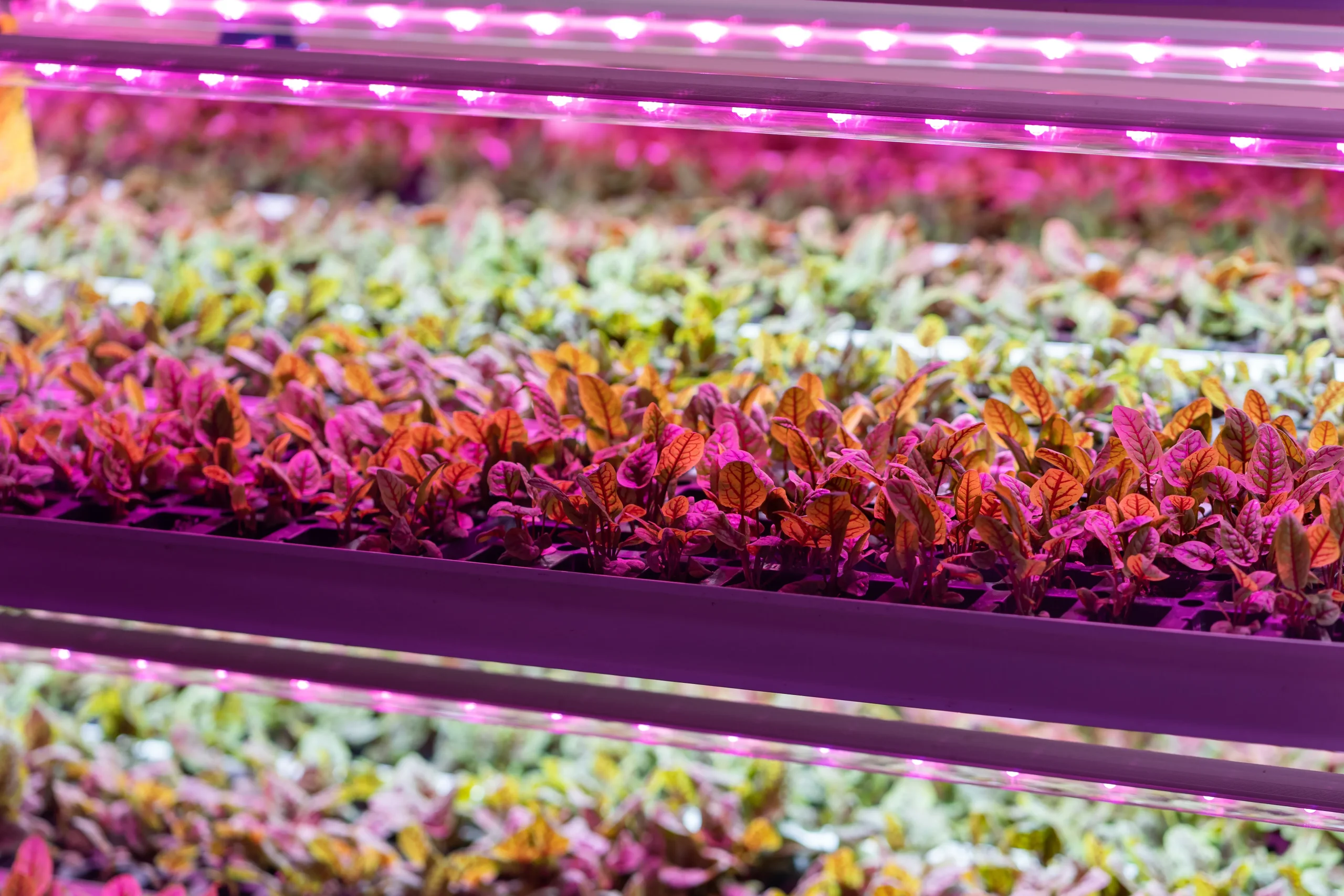
LED phytolamps with the listed parameters are widely available in online stores. If you want to grow a good, stable and fast harvest of microgreens, pay attention to high-quality phytolights that will provide the necessary lighting for the plants.
For your specific case, you can find the best solution for organizing phytolighting of a window sill or shelves. You can choose LED phytolights and everything you need to use them yourself or take the help of professionals. This will allow you to focus on your favorite hobby and delight yourself and your loved ones with tasty and healthy microgreens.
